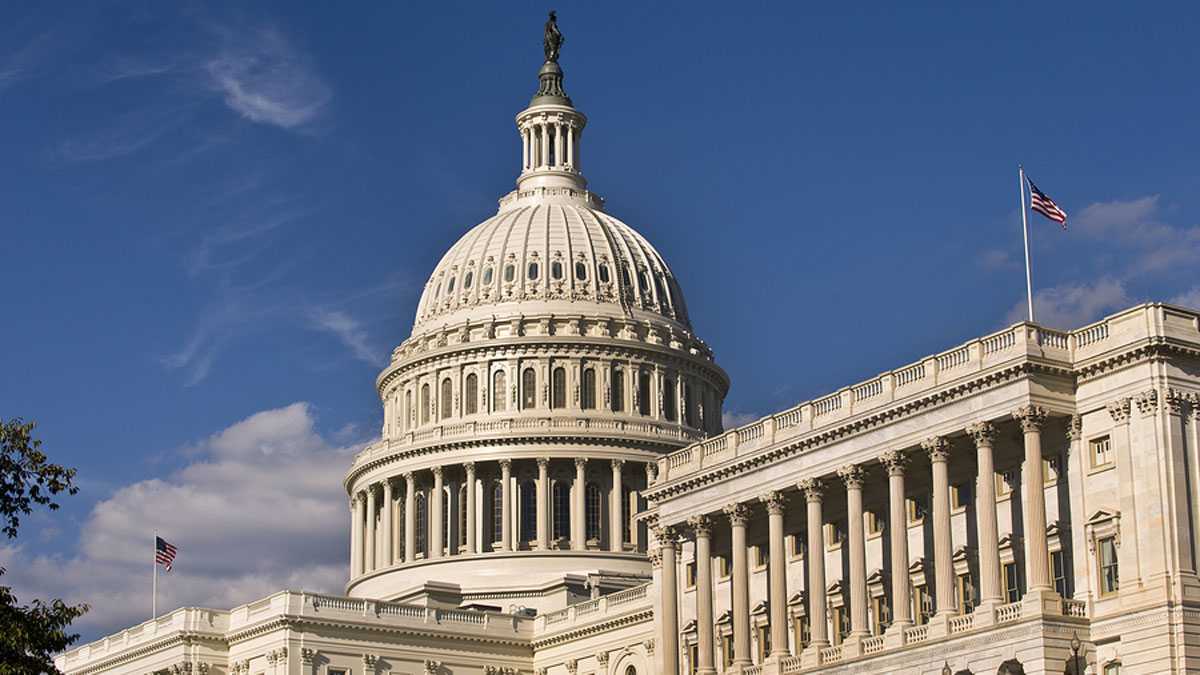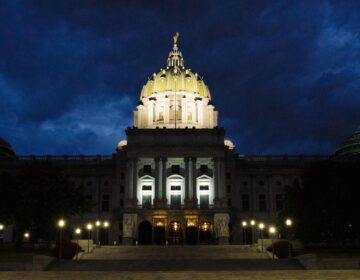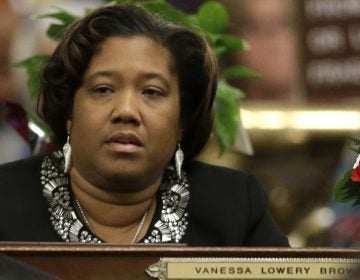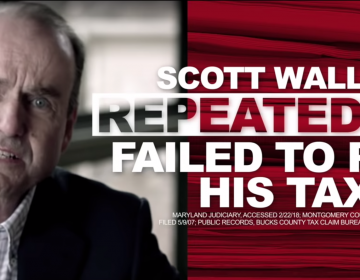Outside groups spend $4.3M on Philly-area congressional races
SuperPACs focus on four of the 15 congressional races in the region.
Listen 3:26
U.S. Capitol. (Big Stock file photo)
With about two months go before Election Day, outside groups have already spent more than $4.3 million to influence voters in congressional races in the Philadelphia region, according to reports filed with the Federal Election Commission.
Most of the spending comes from super PACS associated with the national Republican and Democratic parties or groups with ideological agendas. There is no limit on what they can contribute or spend under the Citizens United decision.
Unlike candidate committees, independent groups are required to file reports almost immediately when they spend money, which offers a real-time sense of their priority targets.
In this region, the focus is on four races.
Two are in New Jersey, where Republican incumbents Tom MacArthur and Leonard Lance are challenged by Democrats Andy Kim and Tom Malinowski.
The other two are in Pennsylvania. Bucks County Republican incumbent Brian Fitzpatrick is challenged by Democrat Scott Wallace, and in an open seat in the Lehigh Valley, Republican Marty Nothstein faces Democrat Susan Wild.
But 11 of the 15 congressional races in the region attracted no outside the spending at all.
Robin Kololdny, who chairs the political science department at Temple University, said that tells a story, too.
“When you don’t find any early independent spending, that’s telling you that they don’t think those are winnable races from their end,” Kolodny said. “You don’t go ahead and spend money in races you don’t think you have a chance of winning.”
The gender wave
It’s not a revelation to note that most congressional races in the country aren’t competitive. But the lack of national Republican spending on three suburban Philadelphia races suggests that one of the big stories of the midterm will be the election of three new Democratic women from the region — Chrissy Houlahan in Chester County; Mary Gay Scanlon in Delaware County; and Madeleine Dean in Montgomery County. They’re in newly redrawn districts that the national Republican Party seems to have abandoned.
Dean’s Republican opponent, businessman Dan David, told me in an interview that he knows what he’s up against.
“Yeah, I don’t have any endorsements or any help from the national party, and that’s fine,” David said. “If they don’t endorse me, or they don’t come through, then we’ll win without them.”
David’s invested $160,000 of his own money into the race. He’s running full time, holding town halls wherever he can, and says he’s building momentum.
Former prosecutor Pearl Kim, the Republican candidate in Delaware County, has gotten some national media attention. She has invested $200,000 into her race and says she’s also running hard.
The heavy hitters
By far, the biggest independent spender in the region is the Congressional Leadership Fund, the Republican super PAC associated with House Speaker Paul Ryan dedicated to keeping Republican control of the House. It’s spent more than $2.5 million on three of the four local races so far.
The House Majority PAC, the Democratic super PAC dedicated to taking control of the House, has spent just over $700,000.
The Republican Jewish Coalition has spent a little more than $500,000 attacking Wallace in his race.
Wallace has benefited from $80,000 in spending from No Labels Action Inc. and $68,000 from NextGen Climate Action Committee, the PAC associated with billionaire Tom Steyer, which has attacked Fitzpatrick.
Independent groups have to disclose in their reports whether their spending is to support a candidate they like or to oppose one they don’t. So far, three-quarters of the spending in our region has gone to attack messaging on television, digital ads, and mailings.
As for the partisan split, spending on behalf of Republican candidates is about three times the amount for Democrats.
WHYY is your source for fact-based, in-depth journalism and information. As a nonprofit organization, we rely on financial support from readers like you. Please give today.





